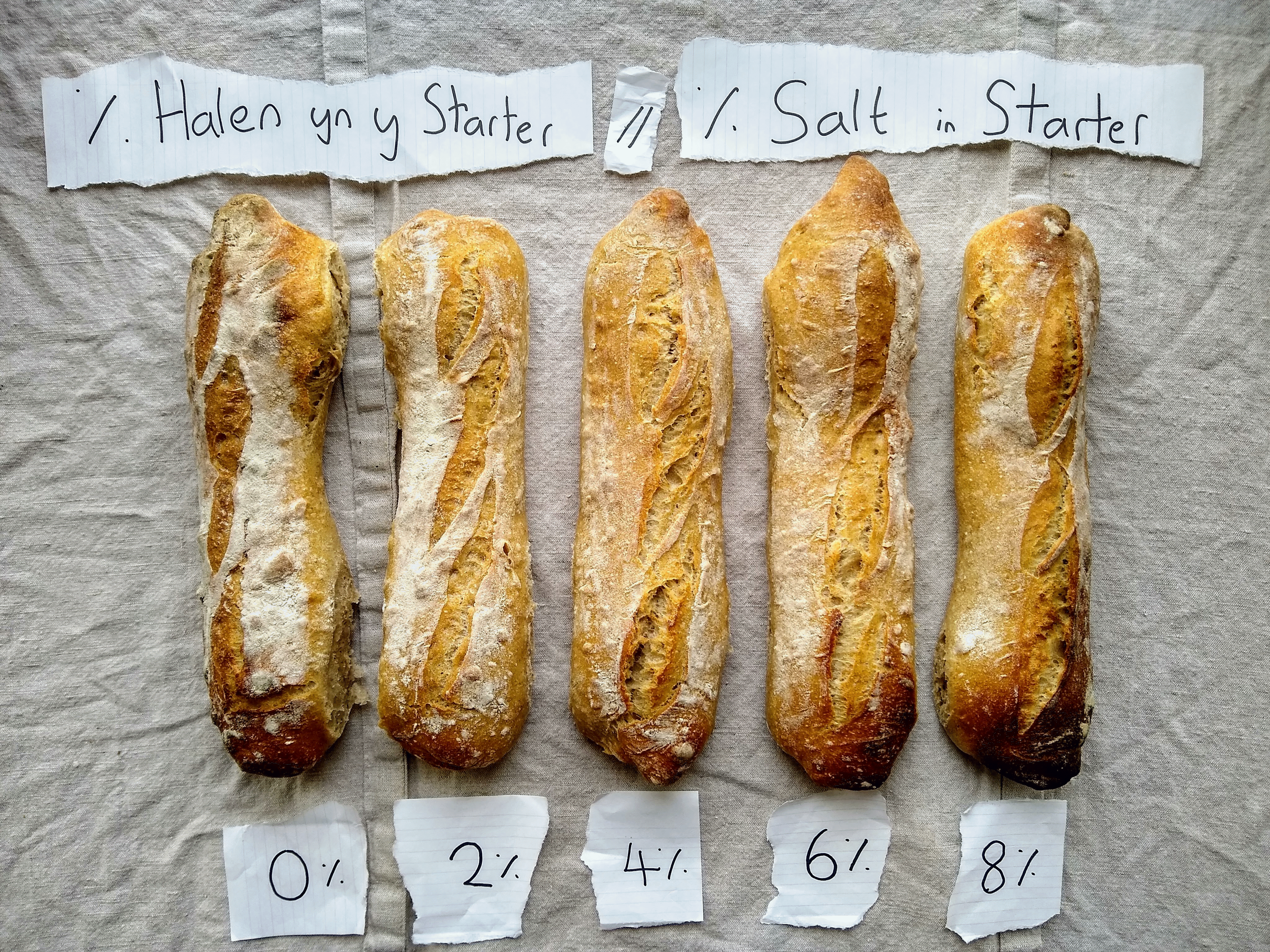Food manufacturers…they’re a secretive bunch, and for good reason. The world wouldn’t be the same if the 11 Original Herbs and Spices were printed out as nutritional information for the world to see.
Even then, reverse engineering Tunnock’s Teacakes was hard work! Given that all I had to go on was this:

Indeed, these food manufacturers are a crafty bunch, but not crafty enough! For when there is a will, there is a way and I have a way… a way big spreadsheet that is.
Cracking the Code
Where to begin then? Let’s start with the ingredients list shall we?

Not as enlightening as I’d hoped, but not completely hopeless. At the very least, the percentage weight for each teacake component gives us a starting point. I now know that I’ll need around 34g of chocolate for each 100g of teacake. Great!
We also know the percentage weight of the biscuit base (28%) and mallow filling (38%), along with what they contain. However there’s no indication of the relative weights of their constituent ingredients, a problem.
One thing we can see at a glance from the ingredients is that the mallow filling does not contain gelatin. This tells us that the munchmallow’s mallow filling, is in fact not marshmallow! I’s actually just a mixture of egg whites, sugar and glucose syrup. This hints at it actually being an Italian Meringue filling, with glucose syrup added as a stabilizer (a highly hygroscopic inverse sugar).
With the chocolate coating and filling sorted, it’s time to tackle the hard part; the (not so buttery) biscuit base.
The true value of nutritional information
A list of ingredients is good, but it doesn’t make a recipe.
I need ingredient ratios. I need the nutritional information.
Have you seen my baking spreadsheet? No that’s not my pickup line, it’s just a sad fact.
You see, I like my recipes simple. Cups, grams, teaspoons, they’re not simple, so I’ve taken them out of my baking. Whenever I need a recipe, I trawl the internet for recipes, and I stick them in my spreadsheet. This spreadsheet then converts that recipe from a hodgepodge of volume and mass measurements, to percentages. This standardize my recipes, allowing me to quickly scale, compare, and measure out my recipes.
Fascinating you say, but it gets better (or worse). Over time, I’ve stumbled across many recipes, with many different ingredients, and I’ve documented them all. Whenever I come across a new ingredient, I stick it in a reference sheet, and fill in all the information I could need about it. Density, water content, fat content, you name it, I’ve got it (http://convert-to.com/ is a great resource for this)
What’s this to do with making teacakes?
Well, for this, we need to put our 90s goggles and get cross referencing.

Using the information from the spreadsheet, I can look look up the nutritional information for each individual ingredient in the teacakes. Given the percentage weight of each teacake component, I can then start plugging in relative weights for each ingredient to get the relative nutrition of each ingredient. Summing up the the values for the relative nutritional values then gives the overall nutritional value of my teacakes. Comparing this information with the nutritional information for the actual Tunnock’s teacakes, I can then adjust ingredient ratios until the two sets of information match up.


The fibrous truth
Like any good hunter, I got the first big clue from looking at the poo, aka the fiber content. All 2.4g of fiber per 100g of teacake comes from the flour, and so the wholemeal to plain flour ratio was revealed.
Next, I moved on to the fats. With the mallow filling made almost entirely of sugar (and some protein), it eliminated one source of potential fat. We also know exactly how much milk chocolate is used for the shell, and it’s corresponding fat content. That leaves us only needing to balance the fat content of the biscuit base.
Now I’ll admit it, I did make a slight recipe modification here. Tunnock’s, according to the label, use a blend of palm and rapeseed oil in their biscuit bases. Not having any palm oil, I went for butter. However, playing around with the butter to rapeseed oil ratio did get me to an overall saturated to unsaturated fat ratio withing 0.3% of the original recipe.
I’ll take that.
For the mallow filling, I used the sugar content as a guide. Having already calculated the sugar contribution from the chocolate and flours, I played around with sugar to egg white ratios, settling on a 1:1 ratio (glucose syrup concentration assumed negligible). This satisfied both the sugar and protein content (egg whites are 10% protein), leaving me with 10g of sugar per 100g to add to the biscuit base, perfect.
In the end, I was left with this:

So there you have it! My journey to, and the arrival at, the recipe for my Reverse Engineered Tunnock’s Teacakes. Whether it’s correct or not, who knows, I’ll let you know if I hear anything from the lawyers or not.
Until that happy day, thank you for reading. If you’d like more information on how exactly I devised this recipe, or if you’re interested in using the spreadsheet, drop a comment below. I’d love to hear any of your feedback.




